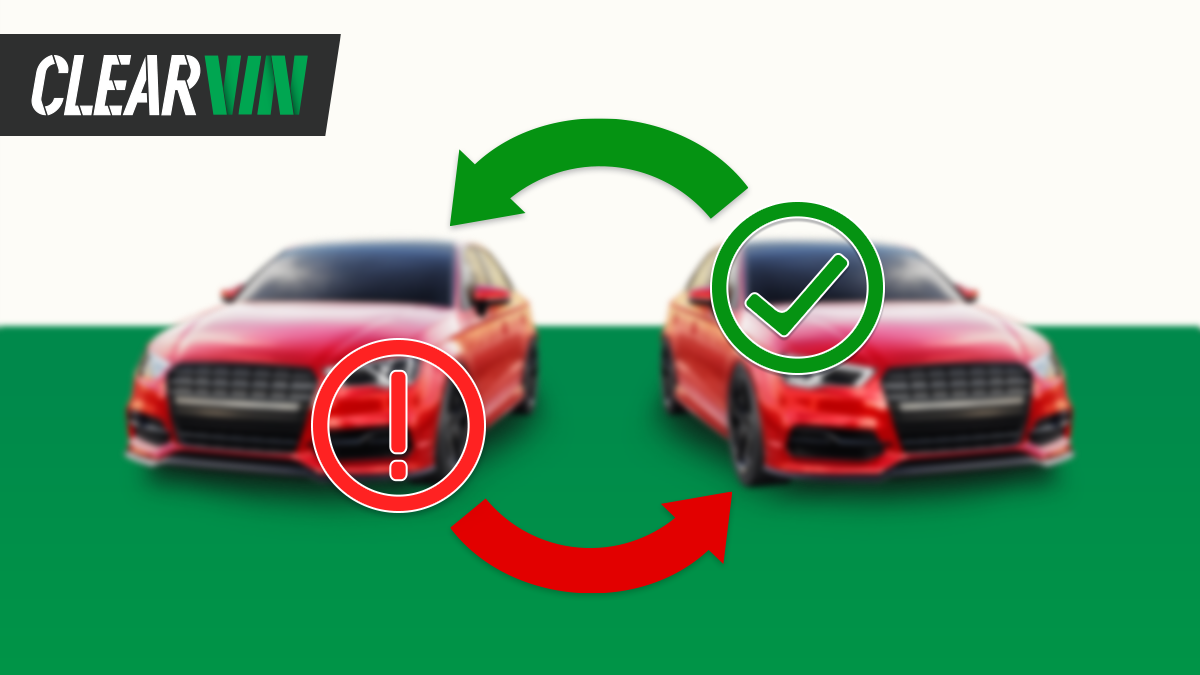Odometer fraud occurs when the seller of a vehicle falsely represents the mileage of a vehicle. In the nutshell, it is an illegal practice of rolling back odometers to make it appear that vehicles have lower mileage than they actually do to increase the price.
Despite multiple government attempts to pursue such sellers, the NHTSA has determined that about 450,000 vehicles a year are sold with false odometer readings, resulting in a cost of over $1 billion annually to car buyers in the U.S. That makes false odometer readings one of the biggest issues for used car consumers.
If you’re looking for a salvaged or used car you should definitely know how to spot a wrong odometer reading. In fact, there are a number of ways a vehicle buyer might determine the existence of possible odometer fraud. So, here is a list of tips to help used-car buyers detect odometer fraud:
- Vehicle titles contain information about the vehicle’s odometer history. Ask to see the title history and compare the mileage on it with the vehicle’s odometer. Be sure to examine the title closely if the mileage seems obscured or is not easy to read. It can help you to expose forged or false ones.
- Compare the mileage on the odometer with the mileage indicated on the vehicle’s maintenance or inspection records. Also, search for oil change and maintenance stickers on windows or door frames, in the glove box or under the hood.
- Check that the numbers on the odometer gauge are aligned correctly. If they’re crooked or show gaps when you bang on the dash with your hand, walk away from the purchase.
- Examine the tires. If the odometer on your car shows 20,000 or less, it should still have the original tires.
- Look at the wear and tear on the vehicle. Especially, the gas, brake and clutch pedals – to verify whether it’s consistent with and appropriate for the number of miles displayed on the odometer.
- Request a vehicle history report to check for odometer discrepancies in the vehicle’s history or find the car mileage by VIN. If the seller does not have a vehicle history report, use the car’s VIN to order a history report online.
Of course, sometimes it can be difficult to detect whether a vehicle’s odometer was altered even based on the tips above. Besides, most modern cars often employ digital odometers in which it is even harder to detect tampering than in traditional mechanical odometers. Therefore, an independent good-faith mechanical inspection and an auto VIN check are the best clues a buyer has for determining whether clocking has occurred. Use a car VIN lookup from ClearVIN to get a detailed report on a vehicle’s history before making a purchase. A free license plate check can also help you uncover all the available pitfalls and hidden details when buying a vehicle. Also ClearVin offers fast and easy access to the original Dodge Window Sticker by VIN.











1 comment
I genuinely enjoy examining on this web site , it has got great posts .